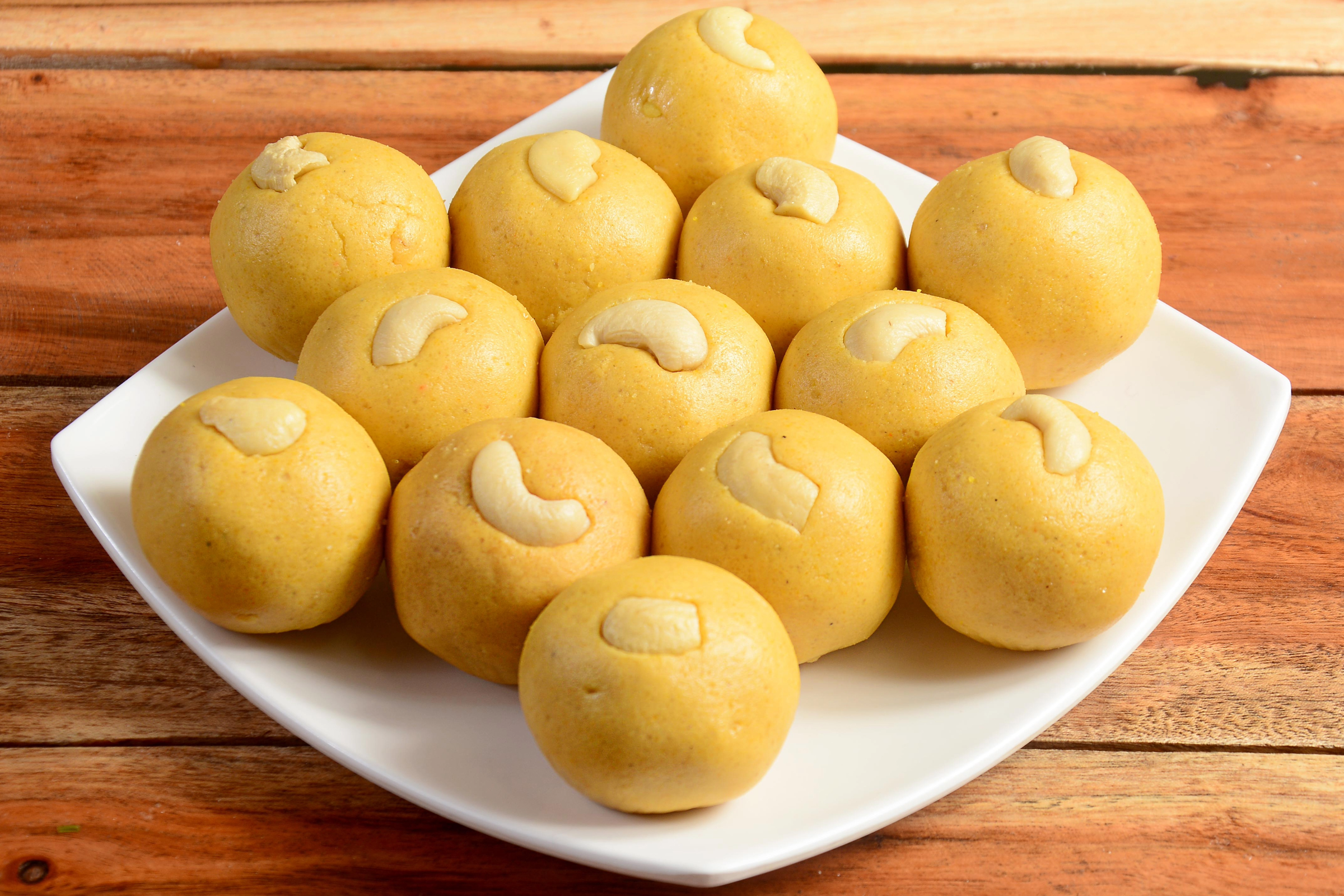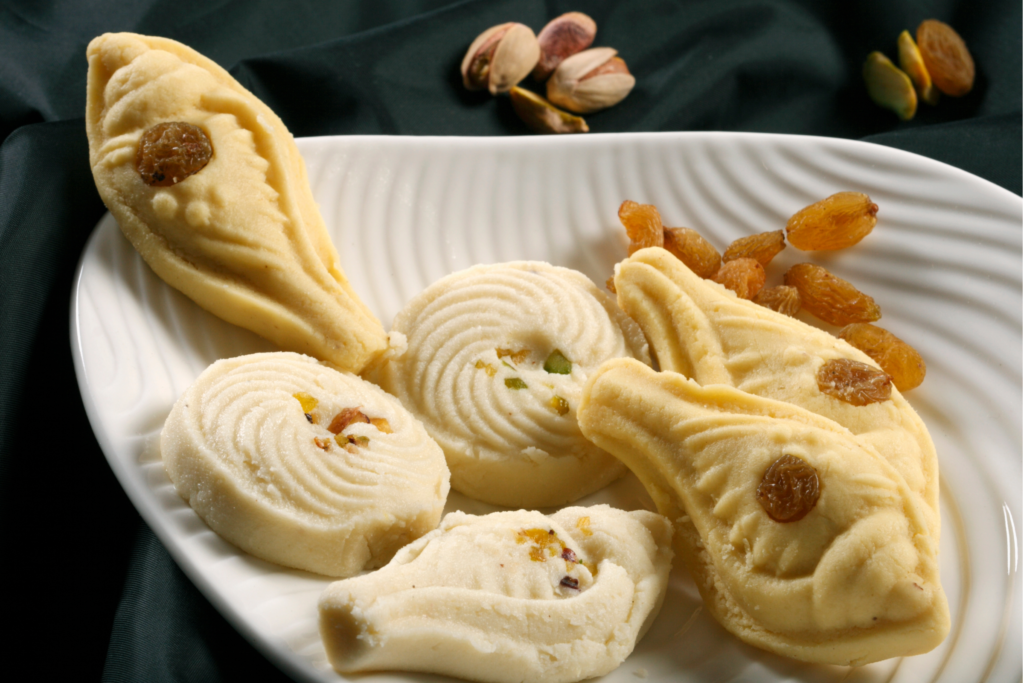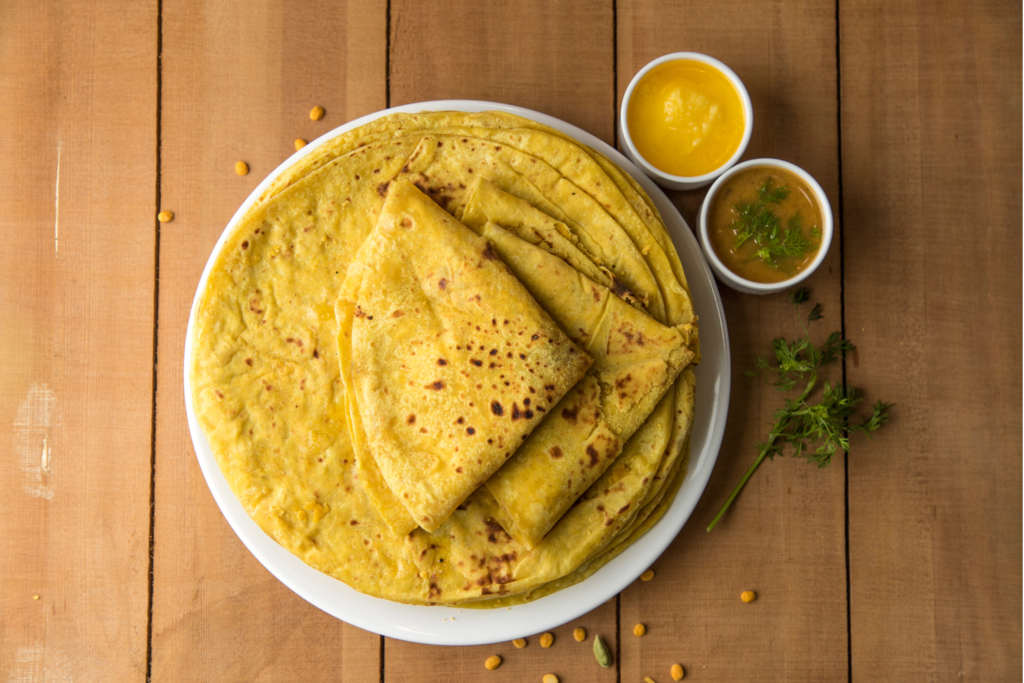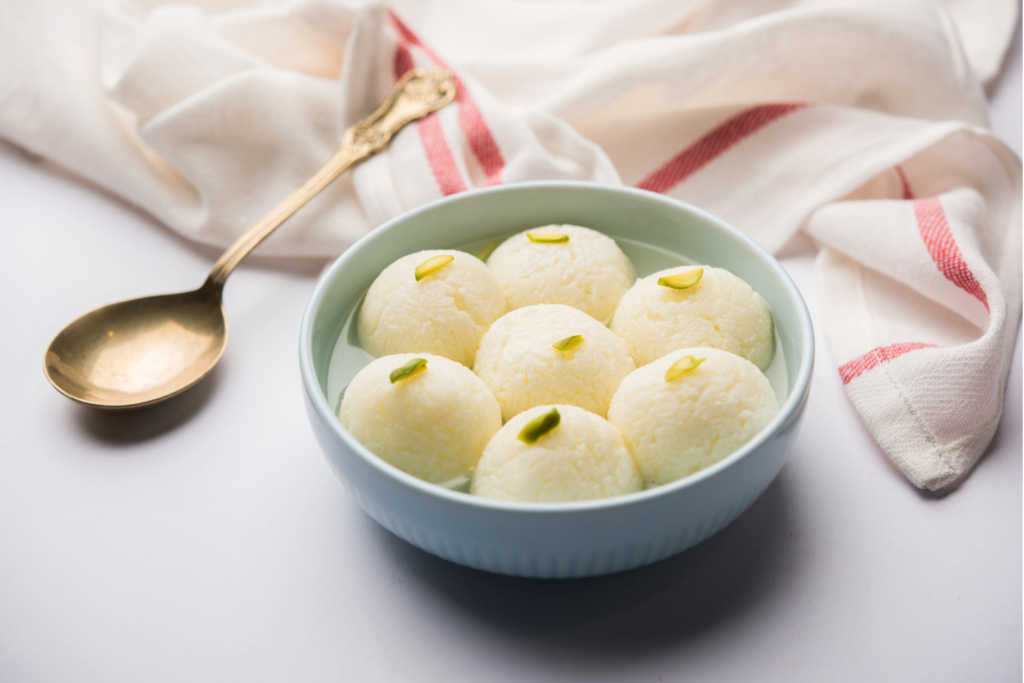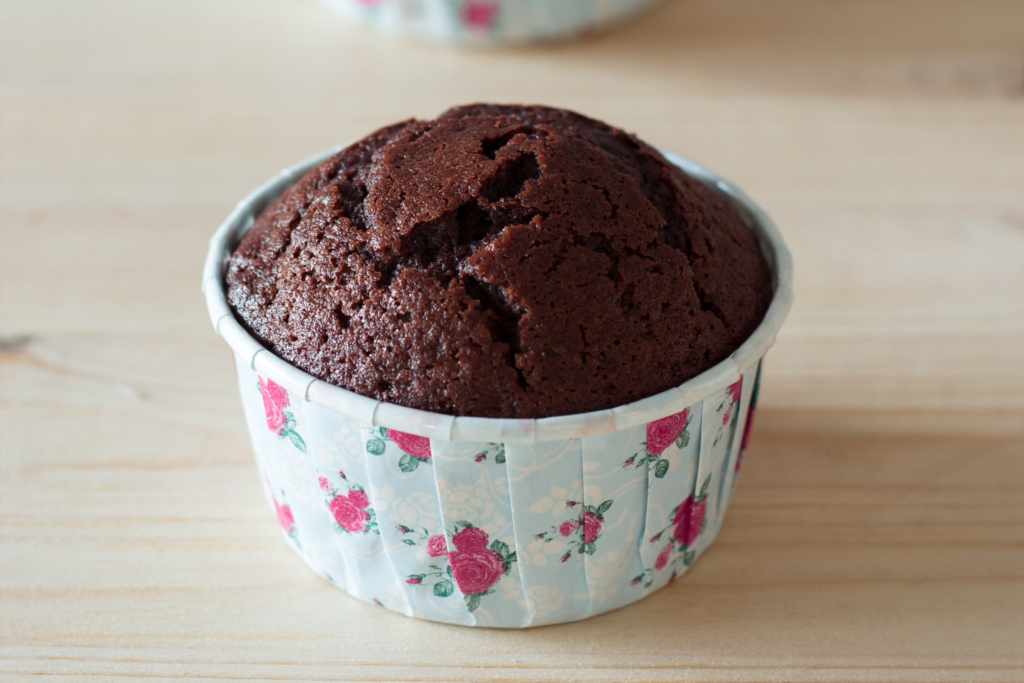Introduction:
Welcome to the world of traditional Indian sweets, where every bite is a journey through culture and flavor. Today, we’re exploring the delightful universe of Besan Ladoo, a beloved Indian sweet that has delighted taste buds for generations. In this user-friendly guide, we’ll uncover the secrets of crafting Besan Ladoo in your kitchen. From the nutty aroma of roasted gram flour to the sweetness of ghee and sugar, we’ll show you how to create these iconic sweets that are not just treats but a celebration of tradition.
Why Besan Ladoo?
Before we delve into the intricate details of making these golden spheres of sweetness, let’s appreciate why Besan Ladoo holds such a cherished place in Indian cuisine. Besan Ladoo, made primarily from roasted gram flour (besan), is a symphony of textures and tastes. It’s a sweet confection that perfectly balances the nutty notes of gram flour with the richness of ghee (clarified butter) and the sweetness of sugar.
Besan Ladoo is not just about taste but the emotional connection to celebrations, festivals, and family gatherings. It’s a testament to the culinary traditions of India, where every region adds its unique touch to this sweet treat.
What sets Besan Ladoo apart is its versatility. It can be a part of your Diwali festivities, a gesture of hospitality for guests, or simply a delightful dessert to satisfy your sweet cravings. Its simple yet exquisite flavors appeal to people of all ages.
What Sets Our Recipe Apart?
You might wonder, “Why make Besan Ladoo at home when you can easily find them in Indian sweet shops?” The answer is straightforward: homemade Besan Ladoo allows you to craft sweets with love, care, and the finest ingredients. You have control over the quality of each component, ensuring that your ladoo is fresh and flavorful.
Our user-friendly Besan Ladoo recipe ensures that you can recreate the authentic taste and experience of this Indian classic effortlessly. We’ll guide you through each step, share cooking tips, and provide insights to ensure your Besan Ladoo is delightful.
Join Us in the Kitchen
This guide will provide easy-to-follow, step-by-step instructions to make your experience enjoyable. Whether you’re an experienced cook or new to Indian sweets, our recipe is designed to ensure that crafting Besan Ladoo is a rewarding culinary adventure.
So, gather your ingredients, embrace the sweet aroma of roasting gram flour, and embark on a culinary journey that connects you with the heartwarming traditions of India. Let’s create Besan Ladoo that’s not just sweets; they’re a celebration of culture, a burst of flavors, and a sweet delight that will leave you craving more.
